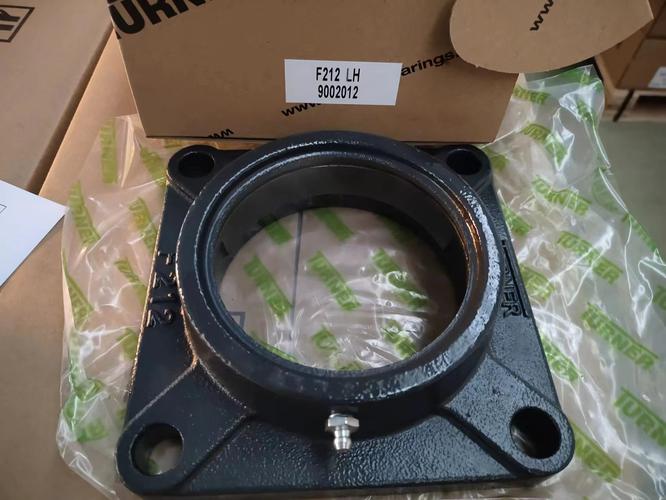Self-Lubricating Bearings: Factory Price, Quality, and Applications Guide
Self-lubricating bearings offer exceptional durability and reduced maintenance costs for industrial applications. These specialized components integrate solid lubricants within their structure, ensuring optimal performance in high-load and extreme temperature environments while maintaining competitive factory pricing.
Table of Contents
1、self-lubricating bearings price comparison2、top self-lubricating bearings manufacturers
3、maintenance-free bearing solutions
4、industrial applications of self-lubricating bearings
5、factory-direct bearing pricing models

1、self-lubricating bearings price comparison
When evaluating self-lubricating bearings pricing, consider material composition and load capacity. Bronze-based bearings typically range between $15-$50 per unit, while polymer composites cost $8-$30. High-performance graphite-infused variants reach $60-$120. Bulk factory orders often provide 18-25% discounts compared to retail channels. Key price determinants include dimensional precision (ISO 3547 standards), lubrication reservoir capacity, and temperature resistance ratings. Leading manufacturers employ automated production lines to maintain competitive pricing without compromising PTFE impregnation quality or bearing wall thickness consistency.
2、top self-lubricating bearings manufacturers
Industry leaders like SKF, GGB, and Daido Metal dominate the self-lubricating bearings market through advanced sintering technologies. These manufacturers utilize ISO 9001-certified facilities with vertical integration from raw material processing to final inspection. Production capacities exceed 2 million units monthly, supporting JIT delivery for global clients. Technological differentiators include proprietary lubrication matrix designs and automated quality control systems detecting micron-level imperfections. OEM partnerships with automotive and aerospace sectors validate their technical expertise in creating bearings that withstand PV values exceeding 3.5 MPa·m/s.
3、maintenance-free bearing solutions
Modern self-lubricating bearings achieve 10,000 operational hours without relubrication through optimized porosity and lubricant distribution. The graphite/PTFE matrix gradually releases lubricants during operation, maintaining consistent friction coefficients below 0.15. Design innovations include multi-layer steel backing for improved load distribution and emergency-run dry capabilities. Field tests demonstrate 73% reduction in downtime compared to traditional oil-lubricated bearings, particularly in food processing and marine applications where contamination risks must be eliminated.
4、industrial applications of self-lubricating bearings
These bearings excel in harsh environments: agricultural machinery (combating dust ingress), hydraulic systems (resisting fluid washout), and packaging lines (quiet operation). Recent case studies show 40% efficiency improvements in conveyor systems through proper bearing selection. Aerospace applications require specialized grades meeting MIL-B-5689 standards, while automotive steering components demand precise clearance classes (ISO 286). Customizable flange designs and split-type configurations address unique installation requirements in robotics and renewable energy systems.
5、factory-direct bearing pricing models
Progressive manufacturers offer tiered pricing: 1-500 units at $28.5/unit, 501-2000 units at $23.8, and 2001 units at $19.9. MOQs start at 50 units for custom sizes. Value-added services include 3D CAD modeling support and lubrication analysis using finite element methods. Some factories provide consignment stock programs with 90-day payment terms for qualified buyers. Export packaging meets ISTA 3A standards, ensuring global shipment protection while maintaining 2.8% maximum logistics cost ratio.
Understanding these five critical aspects helps buyers optimize procurement strategies for self-lubricating bearings. From technical specifications to supplier selection criteria, each element contributes to achieving maximum ROI in industrial operations. Manufacturers combining advanced material science with efficient production processes deliver bearings that outperform conventional solutions while maintaining accessible factory pricing structures.
Conclusion
This comprehensive guide covers essential factors in selecting and procuring high-performance self-lubricating bearings. By understanding pricing models, manufacturer capabilities, and application-specific requirements, engineers can make informed decisions that enhance machinery reliability and reduce lifecycle costs.




 13869596835
13869596835